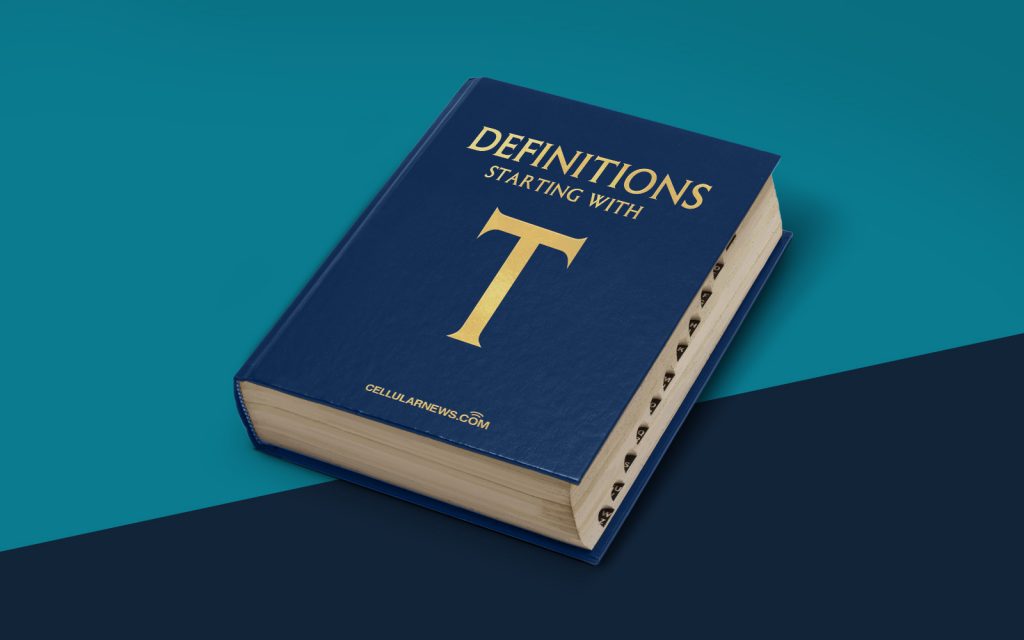
What is a Title Bar?
Welcome to our DEFINITIONS category where we demystify common terms and concepts related to web development and SEO. Today, we’re taking a closer look at an essential element of any website – the title bar. Whether you’re a beginner or an experienced webmaster, understanding the role and importance of a title bar is key to optimizing your website for search engines and user experience.
Key Takeaways:
- The title bar is a section at the top of a web browser or application window that displays the title of the web page or document.
- It’s an important component for search engine optimization (SEO) as it provides a quick glimpse of the webpage’s content.
The title bar serves as an identification tag for web pages and documents. It is located at the very top of your web browser or application window and typically displays the title of the page or document you are viewing. While it may seem like a small and insignificant part of a website, the title bar plays a crucial role in several aspects, such as:
- Visual Identification: The title bar is the first thing users see when they visit your website. It helps them identify the content they are currently viewing and differentiates it from other open tabs or windows.
- Search Engine Optimization (SEO): Search engines like Google and Bing rely heavily on the title tag within the title bar to understand the content and context of your webpage. It also appears as the clickable headline in search engine results pages (SERPs), making it an essential factor for ranking and attracting click-throughs.
- User Experience (UX): A clear and concise title in the title bar enhances overall user experience. It provides users with a sense of direction, helps them navigate through multiple tabs, and improves accessibility for individuals using screen readers.
When it comes to optimizing your title bar, keep these best practices in mind:
- Keyword Placement: Incorporate relevant keywords related to the content of your webpage within the title tag. This helps search engines understand the topic and improves the likelihood of ranking for those keywords.
- Title Length: Keep your titles concise and within a reasonable character limit (around 50-60 characters). This ensures that the full title is visible in search engine results, preventing it from being cut off.
- Uniqueness: Each web page should have a unique title that accurately reflects its content. Avoid using the same title across multiple pages as it can confuse search engines and users.
In conclusion, the title bar may seem like a small detail in web development, but its impact on search engine optimization and user experience is significant. By optimizing your title bar with relevant keywords and creating descriptive titles, you can improve your website’s visibility in search engine results and attract more visitors. So, make sure to give your title bar the attention it deserves and watch the positive impact it can have on your online presence!
